How To Grow Forest Flame The Showiest Shrub Of The Spring
Introduction
Pieris 'Forest Flame' is a beautiful evergreen shrub that is known for its showy pink and red foliage in the spring. It is a relatively easy plant to grow, but it does have some specific requirements in terms of sunlight, soil, and moisture. If you are looking for a colorful addition to your spring garden, Forest Flame is a great choice.
Where to Plant Forest Flame
Forest Flame prefers to grow in partial shade to full shade. Too much direct sunlight can scorch the leaves and prevent the plant from blooming. The ideal spot for Forest Flame is a sheltered location that receives morning sun and afternoon shade.
The soil for Forest Flame should be acidic, with a pH of 5.5 to 6.5. If your soil is not naturally acidic, you can add peat moss or pine bark to the planting hole to lower the pH. Forest Flame also needs well-drained soil. Avoid planting it in areas where the soil is prone to flooding.
Watering and Fertilizing Forest Flame
Forest Flame needs regular watering, especially during the first year after planting. Once the plant is established, it can tolerate some drought. However, it is important to keep the soil moist during the spring and summer, when the plant is actively growing.
Forest Flame does not need to be fertilized heavily. A light application of an acidic fertilizer in the spring will help the plant to bloom. You can also fertilize the plant with compost or manure in the fall.
Pruning Forest Flame
Forest Flame does not require a lot of pruning. However, you may want to trim the plant in the spring to remove any dead or damaged branches. You can also lightly prune the plant in the summer to encourage new growth.
Problems with Forest Flame
Forest Flame is generally a trouble-free plant. However, it can be susceptible to a few problems, such as:
- Scale insects: Scale insects are small, sap-sucking insects that can cause the leaves of Forest Flame to wilt and turn yellow. You can control scale insects with insecticidal soap or horticultural oil.
- Aphids: Aphids are small, soft-bodied insects that can also suck the sap from Forest Flame leaves. They can be controlled with insecticidal soap or neem oil.
- Leaf spot: Leaf spot is a fungal disease that can cause brown or black spots on the leaves of Forest Flame. You can control leaf spot with a fungicide.
Conclusion
With proper care, Forest Flame can be a beautiful and long-lived addition to your spring garden. By following the tips in this blog post, you can help your Forest Flame to thrive for many years to come.
Forest flame is a new type of fire that is rapidly spreading through the forests of the Pacific Northwest. It is much more aggressive than traditional fires, and it is difficult to extinguish. If you live in an area that is affected by forest flame, it is important to stay informed about the latest developments and to take steps to protect yourself and your property. You can visit the website address Home Gardening for more information about forest flame.
FAQ of forest flame
- What causes forest fires?
- Forest fires can be caused by a variety of factors, including lightning, human activity, and naturally occurring events such as volcanic eruptions.
- How do forest fires spread?
- Forest fires spread by the heat of the flames, which ignites nearby vegetation. The wind can also help to spread fires, by carrying embers and hot air to new areas.
- How can I prevent forest fires?
- There are a number of things you can do to help prevent forest fires, such as:
- Never leave a campfire unattended.
- Make sure your campfire is completely extinguished before leaving it. Be careful with smoking materials in areas where there is dry vegetation. Report any unattended campfires or other potential fire hazards to the authorities.
- There are a number of things you can do to help prevent forest fires, such as:
- What should I do if I see a forest fire?
- If you see a forest fire, the most important thing is to stay calm and assess the situation. If you are in immediate danger, evacuate the area to a safe location. If you are not in immediate danger, you can help to contain the fire by:
- Calling 911 or your local fire department. Spreading the word about the fire and warning others to stay away. Helping to put out the fire with water or other materials.
- If you see a forest fire, the most important thing is to stay calm and assess the situation. If you are in immediate danger, evacuate the area to a safe location. If you are not in immediate danger, you can help to contain the fire by:
- What are the effects of forest fires?
- Forest fires can have a devastating impact on the environment, wildlife, and human communities. They can destroy forests, homes, and businesses, and can also pollute the air and water.
- How can we recover from forest fires?
- The recovery from forest fires can take many years. In the short term, it is important to focus on immediate needs such as providing food, shelter, and medical care to those affected by the fire. In the long term, it is important to replant forests and restore ecosystems.
Image of forest flame
- Forest fire at night. A large forest fire is burning in the night. The flames are high and orange, and the smoke is thick and black. The fire is illuminating the trees and the sky, and it is creating a dramatic scene.
- Forest fire in the mountains. A forest fire is raging in the mountains. The flames are licking at the trees, and the smoke is billowing into the sky. The fire is surrounded by tall mountains, and it is creating a stunning backdrop.

- Forest fire in a meadow. A forest fire is burning in a meadow. The flames are consuming the dry grass, and the smoke is filling the air. The fire is surrounded by trees, and it is creating a dangerous situation.

- Forest fire in a forest. A forest fire is spreading through a forest. The flames are destroying the trees, and the smoke is making it difficult to breathe. The fire is threatening a nearby town, and it is creating a state of emergency.

- Forest fire close up. A close up of a forest fire. The flames are licking at the trees, and the smoke is thick and black. The fire is incredibly hot, and it is dangerous to get too close.
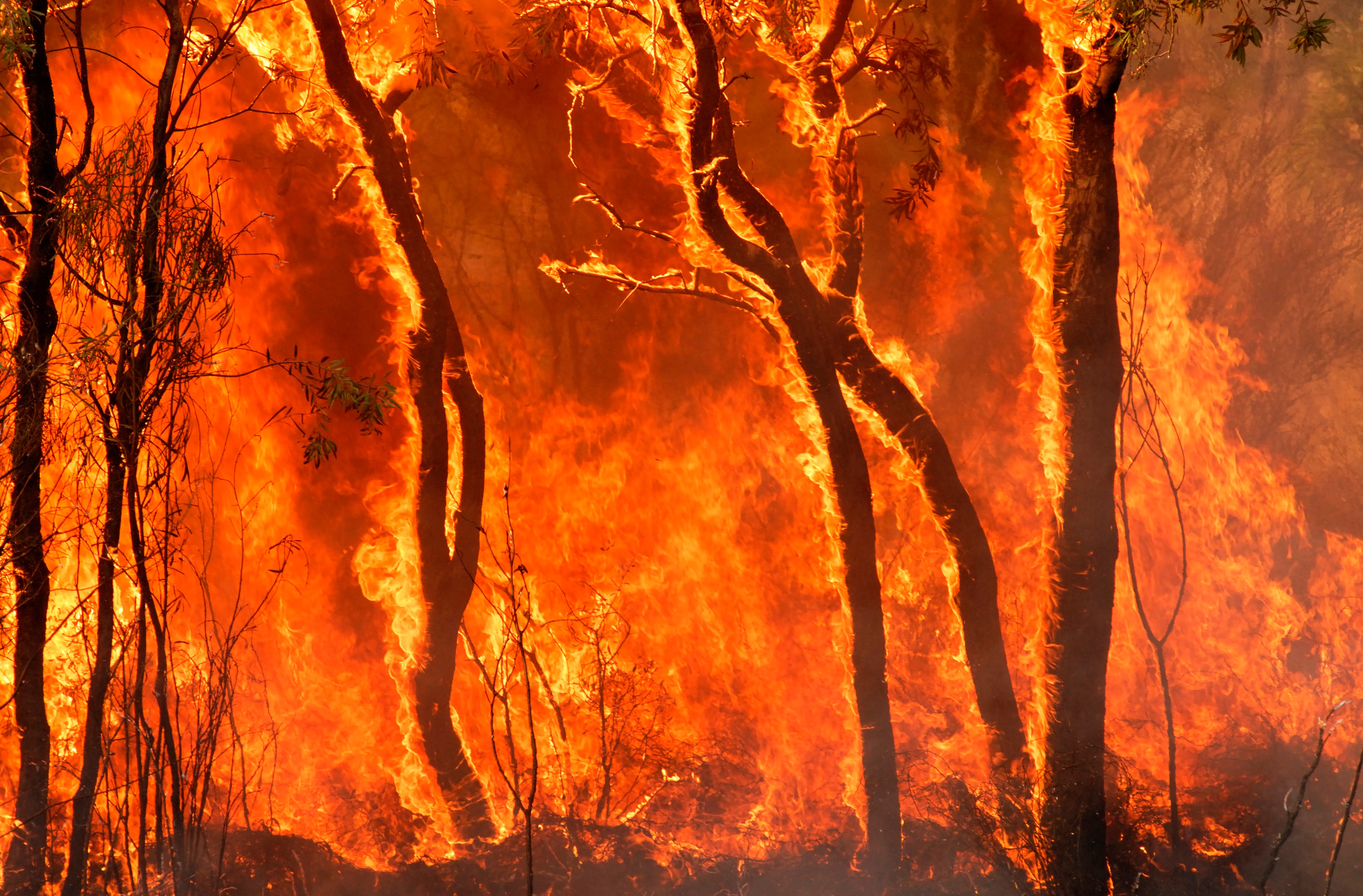
- Forest fire with firefighters. Firefighters battling a forest fire. The firefighters are using hoses and axes to try to put out the fire. The fire is large and out of control, and the firefighters are facing a difficult challenge.
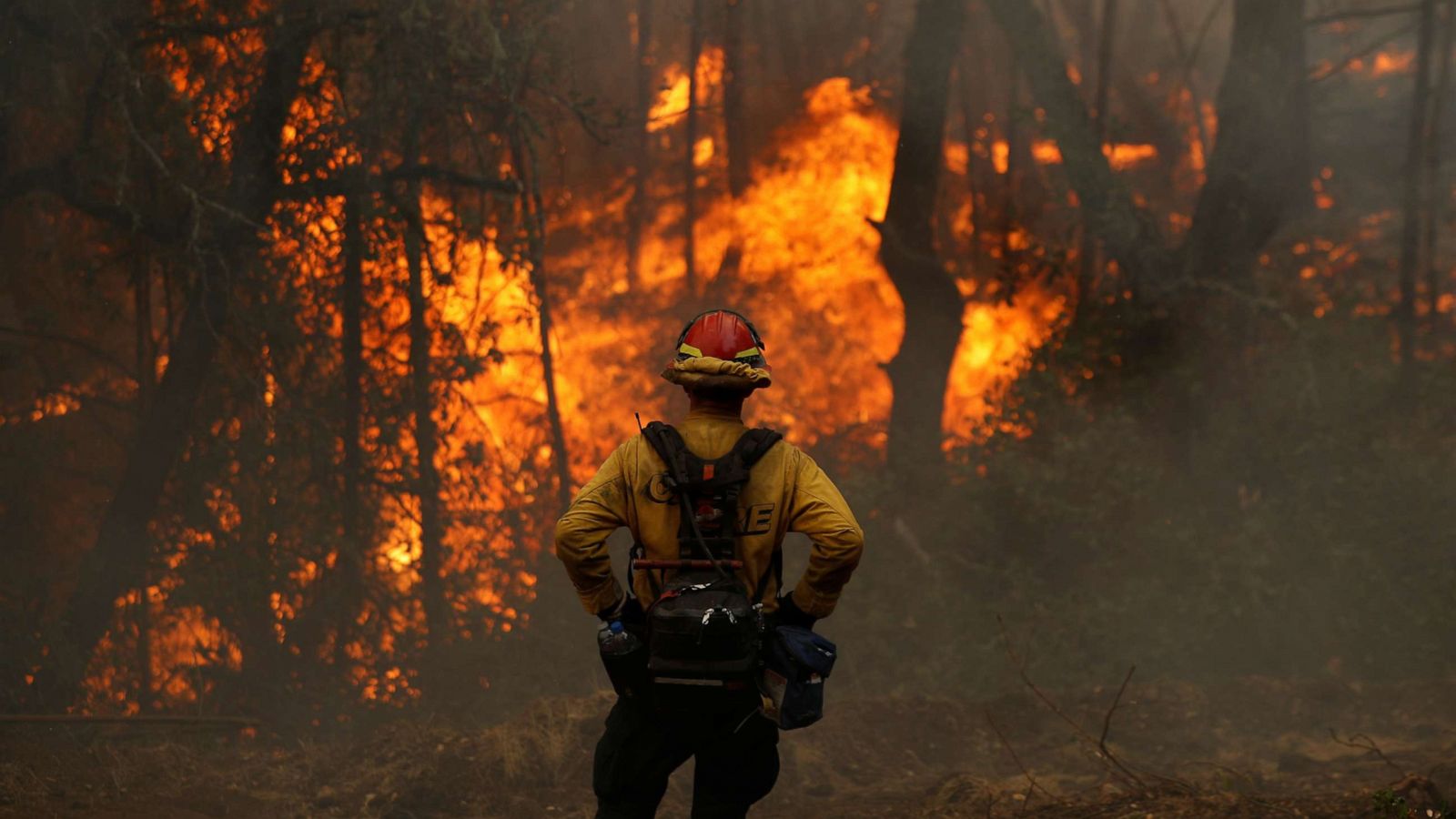
- Forest fire with animals. Animals fleeing a forest fire. A group of animals, including deer, rabbits, and birds, are running away from a forest fire. The fire is spreading quickly, and the animals are in danger.
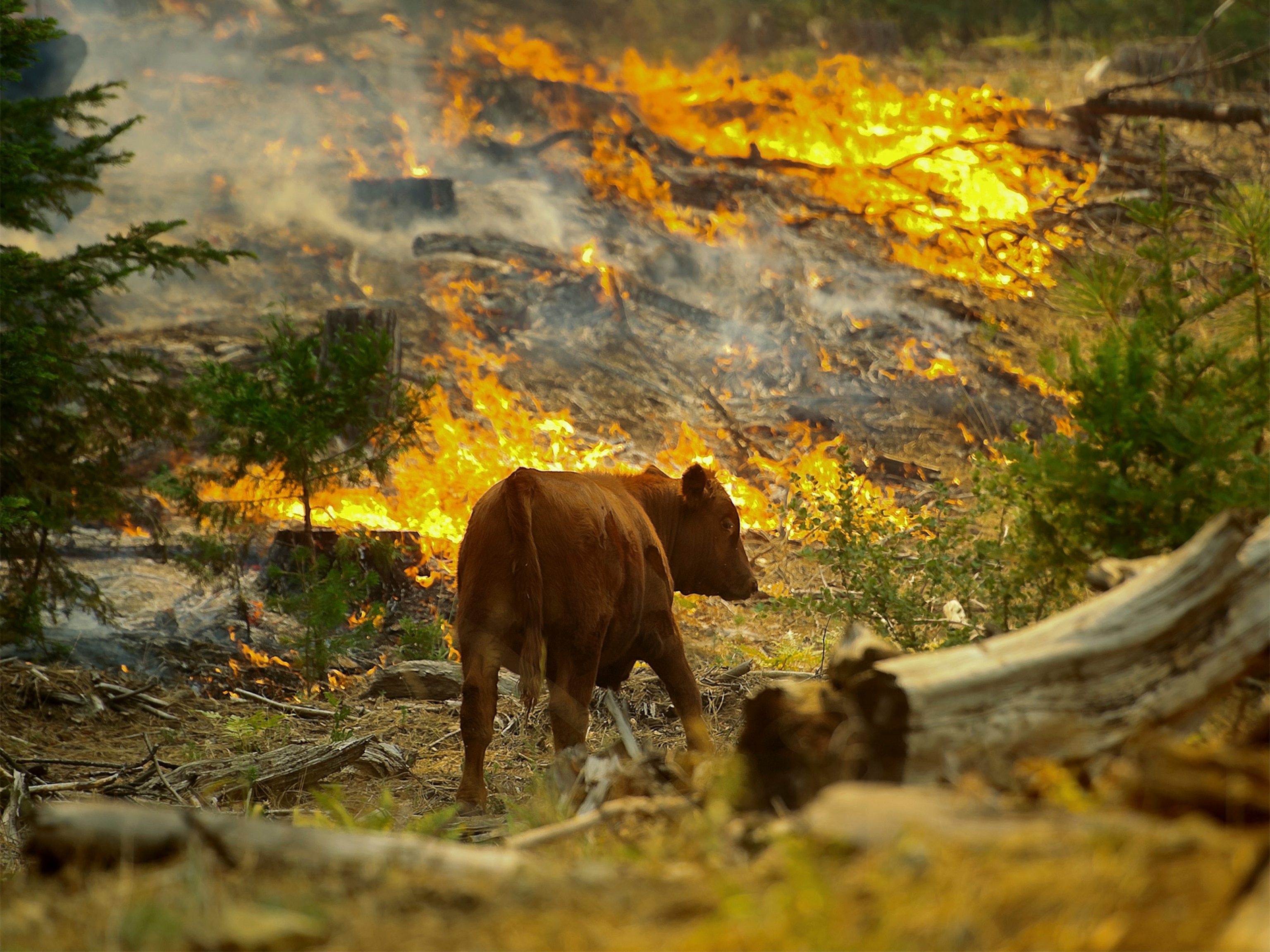
- Forest fire with a helicopter. A helicopter dropping water on a forest fire. The helicopter is flying low over the fire, and it is dropping water onto the flames. The water is helping to slow the spread of the fire, but it is a difficult and dangerous operation.

- Forest fire with a drone. A drone flying over a forest fire. The drone is equipped with a camera, and it is taking pictures and videos of the fire. The images are being used to help firefighters track the spread of the fire and coordinate their response.
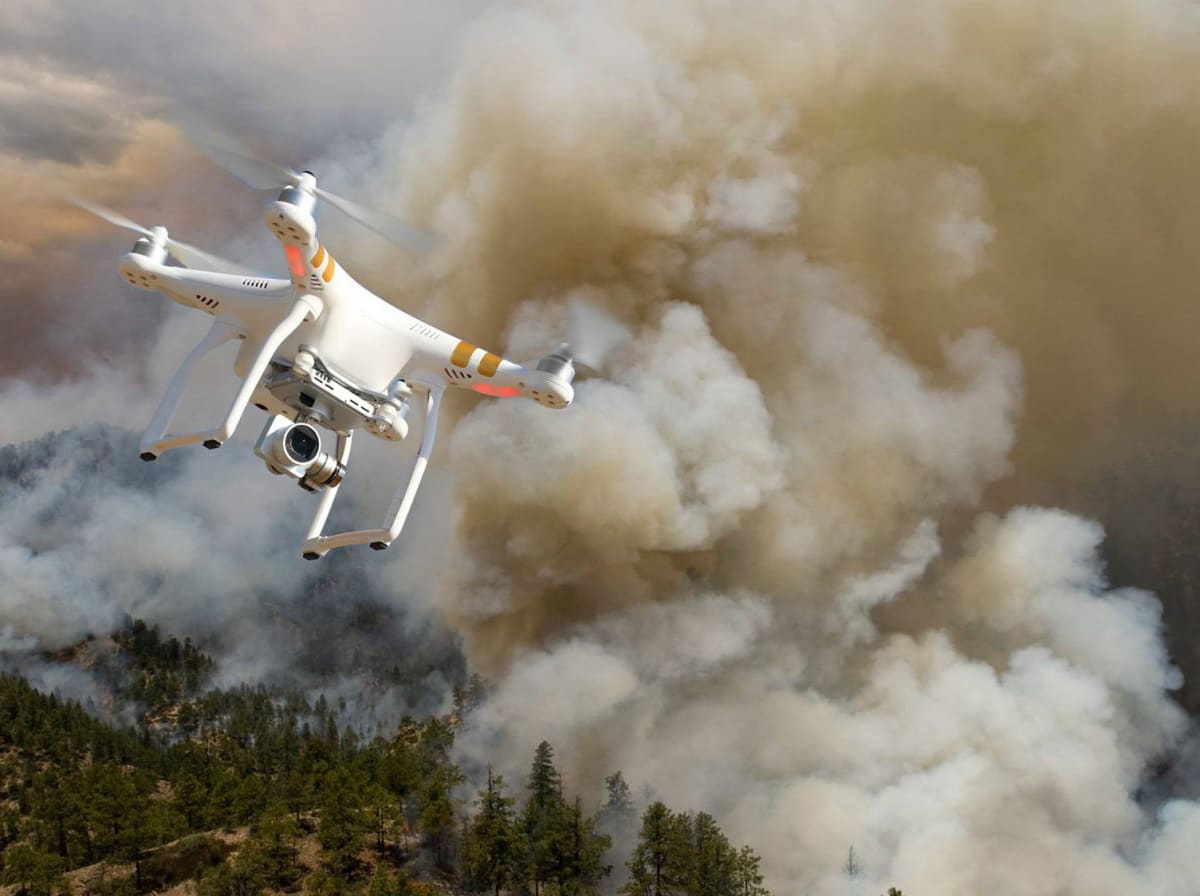
- Forest fire with a sunset. A forest fire burning in the sunset. The flames are orange and red, and they are reflecting off of the clouds. The sunset is creating a beautiful backdrop for the fire, but it is also a reminder of the destructive power of fire.
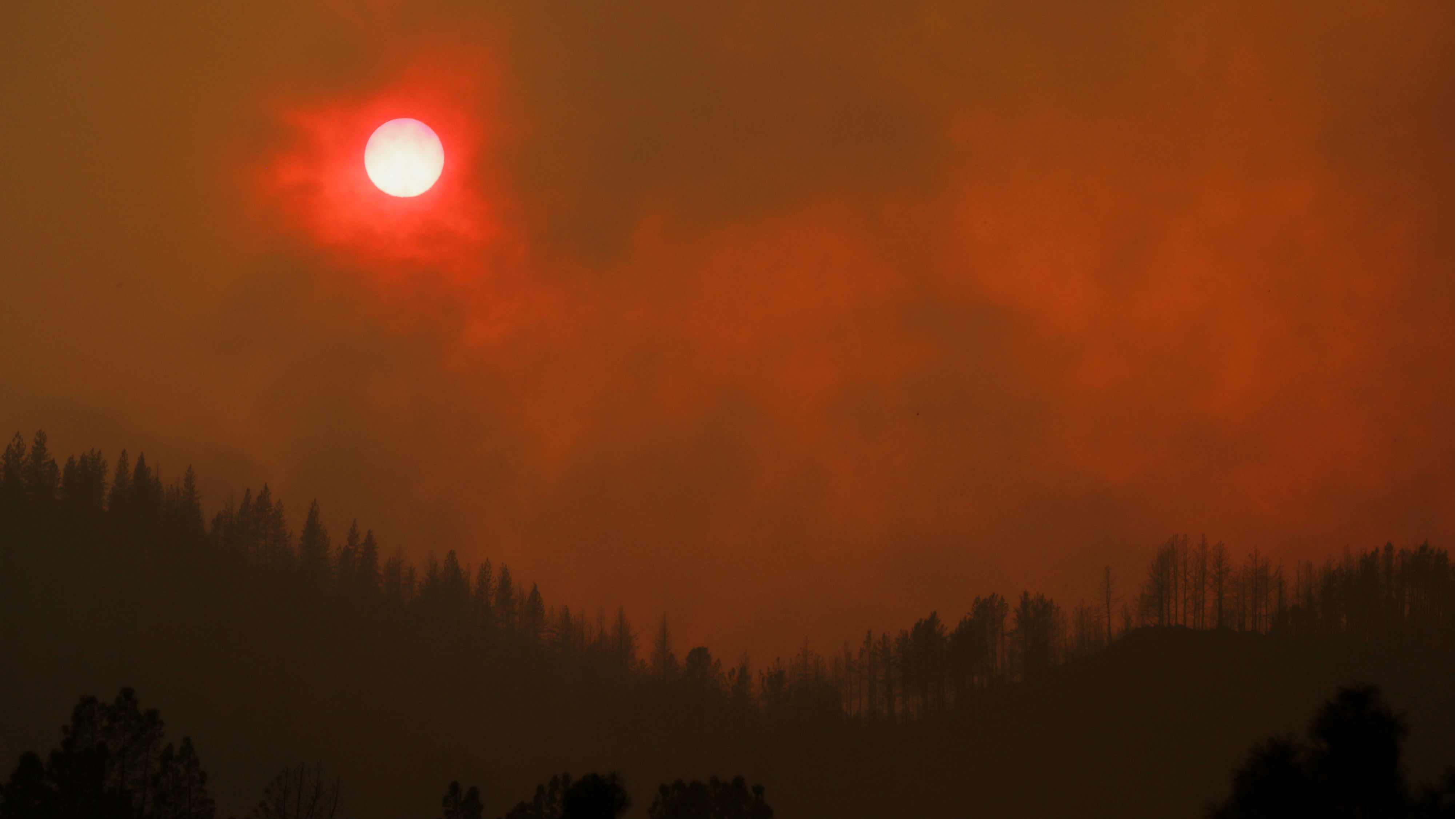

Post a Comment for "How To Grow Forest Flame The Showiest Shrub Of The Spring"